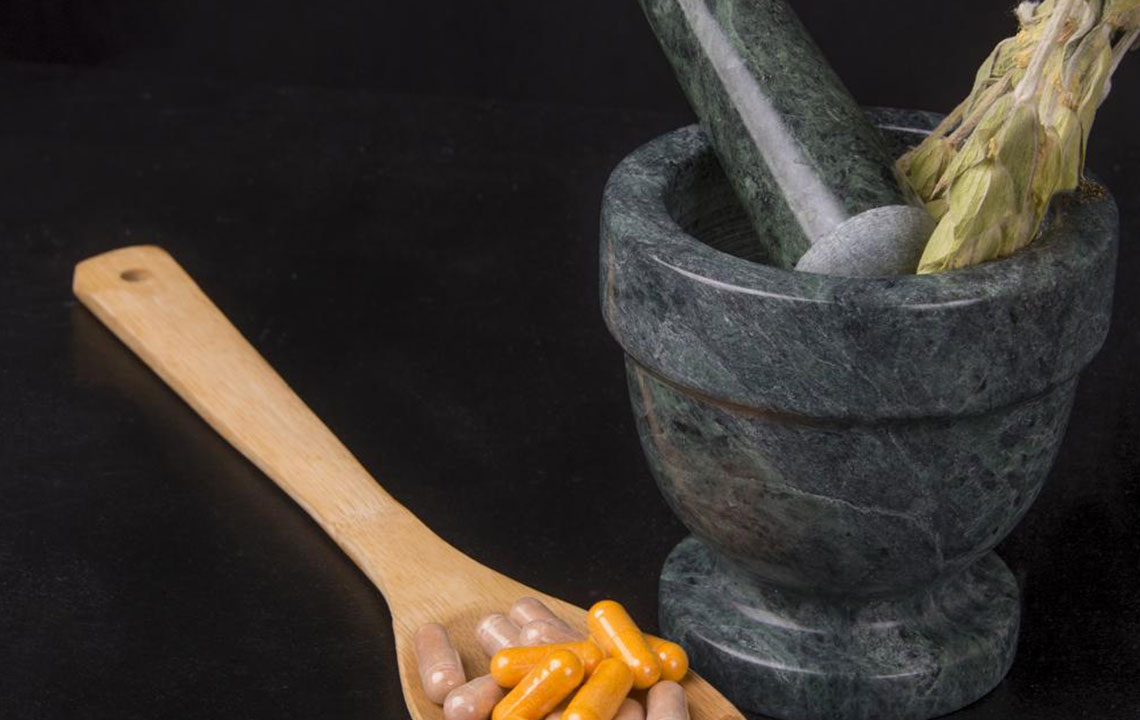A Guide to Reading and Managing Blood Pressure Levels
Learn about blood pressure stages, how to read blood pressure charts, and effective lifestyle strategies to manage hypertension. Understand normal, elevated, and crisis levels, and how timely intervention can prevent serious health issues. Discover natural remedies like reducing salt, drinking coconut water, and maintaining regular exercise routines to keep blood pressure in check.

Comprehensive Overview of Blood Pressure Readings
Blood pressure measures the force exerted by blood against arterial walls, generated by the heartbeat. When this pressure surpasses healthy limits, it is classified as high blood pressure or hypertension. The high blood pressure chart displays different stages of this condition, affecting millions globally. Studies estimate that about 80 to 90 million individuals face health risks from hypertension, with roughly one in three adults over 20 affected.
Understanding blood pressure involves recognizing two key measurements: systolic and diastolic. Systolic, the upper number, shows the pressure during heartbeats, while diastolic, the lower number, indicates pressure between beats. Together, they provide a complete picture of cardiovascular health. Normal blood pressure is 120/80 mmHg, while readings above indicate different stages of hypertension.
Normal Range: Blood pressure within 120/80 mmHg is considered healthy, especially with a balanced lifestyle that includes proper diet and exercise.
Prehypertension: Ranges between 120–139/80–89 mmHg signal early signs of elevated pressure, demanding lifestyle modifications and monitoring.
Stage 1 Hypertension: Levels between 140–159/90–99 mmHg require medical attention and lifestyle adjustments to prevent progression.
Stage 2 Hypertension: Readings above 160/100 mmHg represent a severe condition needing medication and lifestyle changes.
Hypertensive Crisis: Exceeding 180/110 mmHg indicates an urgent medical emergency with symptoms like headache, dizziness, or chest pain.
High blood pressure is often silent, with symptoms being subtle or unnoticed. Regular check-ups and lifestyle modifications can effectively control and prevent complications.
To maintain safe levels, consider reducing salt intake, drinking coconut water, consuming omega-3 rich fish oil, and engaging in regular physical activity to promote cardiovascular health.
Note:
The information shared on our platform offers useful insights and research-backed facts. However, it should not replace professional medical advice. Users are advised to consult healthcare providers for personalized diagnosis and treatment. The website may not include all available schemes or offers that could benefit readers.










